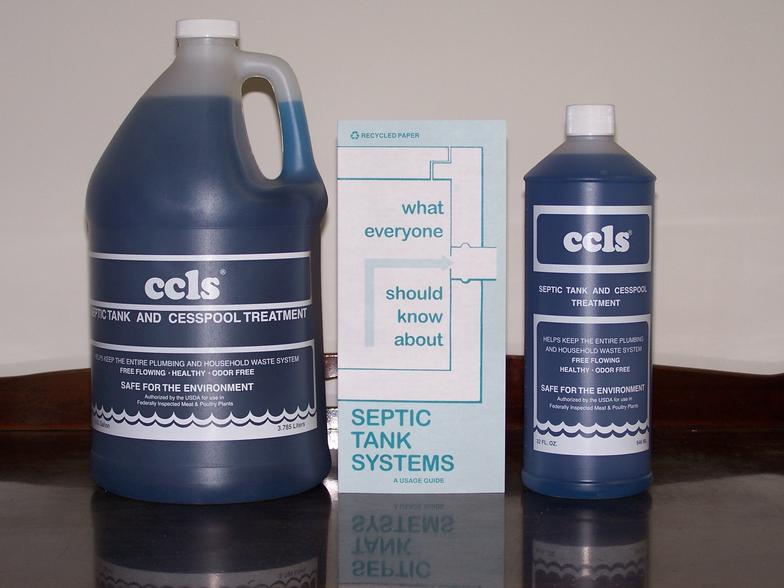This old saying is true. It’s true for humans, animals, and all living organisms, including the microscopic ones that live in the septic tanks. And what goes down the household drain has a big affect on how a septic tank operates. To illustrate, we refer you to some definitions straight out of Webster’s Dictionary.
“Septic Tank: an underground tank in which waste matter is decomposed through
bacterial action.”
What’s Under Your Sink? Let’s check some typical home‐care product labels and see what Mr. Webster has to say about them…
“Disinfectant: a means for destroying bacteria.”
“Germicidal: an agent for killing microorganisms.”
“Antibiotic: having the capacity to inhibit the growth of or destroy bacteria.”
“Chlorine: a poisonous, gaseous chemical element used as a bleaching agent.”
“Caustic: capable of destroying living tissue.”
Have you noticed the recent rise in the use of anti‐bacterial soaps?
“Anti‐bacterial: destructive to or inhibiting the growth of bacteria.”
How many people think of what “antiseptic” means as they flush the mouthwash down the drain?
“Antiseptic: any substance that inhibits the action of bacteria.”
What are these substances in? Cleaning compounds, detergents, bleach, toilet cleaners, sink and tub cleaners, wax removers, polishes, drain openers, and many, many other products that we all use in our homes every day. How many of your customers use toilet disinfectants that get dispensed with every flush? Those products kill bacteria before they even get to the septic tank!
Garbage disposals and water softeners also challenge the bacteria needed for proper septic tank operation. It’s no wonder there are so many failed and failing septic systems! Are there any products that are better to use than others? Sure, look for one key word, again from Webster’s:
“Biodegradable: capable of being readily decomposed by bacterial action.”
The Cleaner the Home, the Deader the Tank!
This article was provided by Cape Cod Biochemical Company, Pump Grump’s supplier of ccls® bacterial additive.

